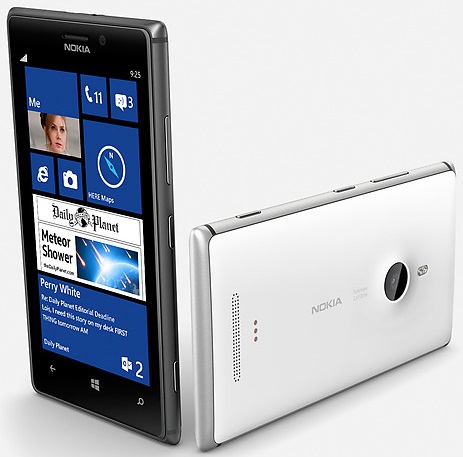What Are 2G Wireless Technologies
What are 2G wireless technologies?
✍: FYIcenter.com
2G (or 2-G) is short for second-generation wireless telephone technology. Second generation 2G cellular telecom networks were commercially launched on the GSM standard in Finland by Radiolinja (now part of Elisa Oyj) in 1991.
Three primary benefits of 2G networks over their predecessors were that phone conversations were digitally encrypted; 2G systems were significantly more efficient on the spectrum allowing for far greater mobile phone penetration levels; and 2G introduced data services for mobile, starting with SMS text messages.
2G technologies can be divided into Time Division Multiple Access (TDMA)-based and Code Division Multiple Access (CDMA)-based standards depending on the type of multiplexing used. The main 2G standards are:
- GSM (TDMA-based), originally from Europe but used in almost all countries on all six inhabited continents. Today accounts for over 80% of all subscribers around the world. Over 60 GSM operators are also using CDMA2000 in the 450 MHz frequency band (CDMA450).
- IS-95 aka cdmaOne (CDMA-based, commonly referred as simply CDMA in the US), used in the Americas and parts of Asia. Today accounts for about 17% of all subscribers globally. Over a dozen CDMA operators have migrated to GSM including operators in Mexico, India, Australia and South Korea.
- PDC (TDMA-based), used exclusively in Japan
- iDEN (TDMA-based), proprietary network used by Nextel in the United States and Telus Mobility in Canada
- IS-136 a.k.a. D-AMPS (TDMA-based, commonly referred as simply 'TDMA' in the US), was once prevalent in the Americas but most have migrated to GSM.
2013-07-07, 2999🔥, 0💬
